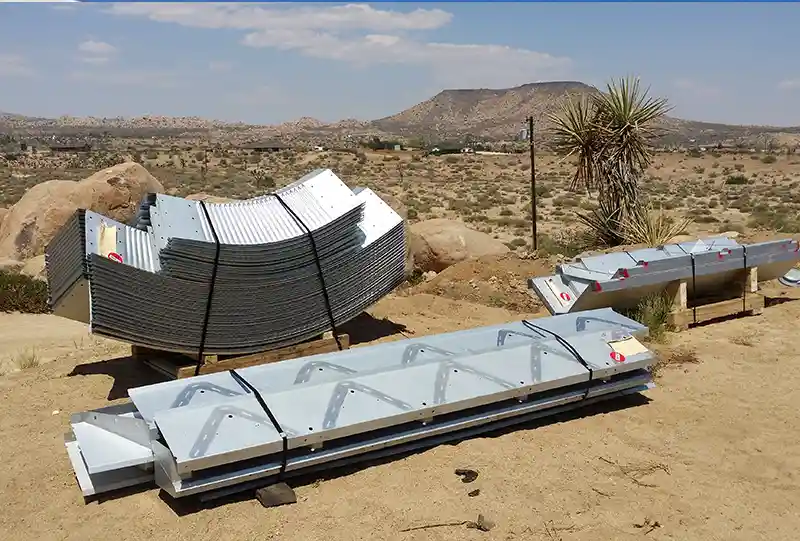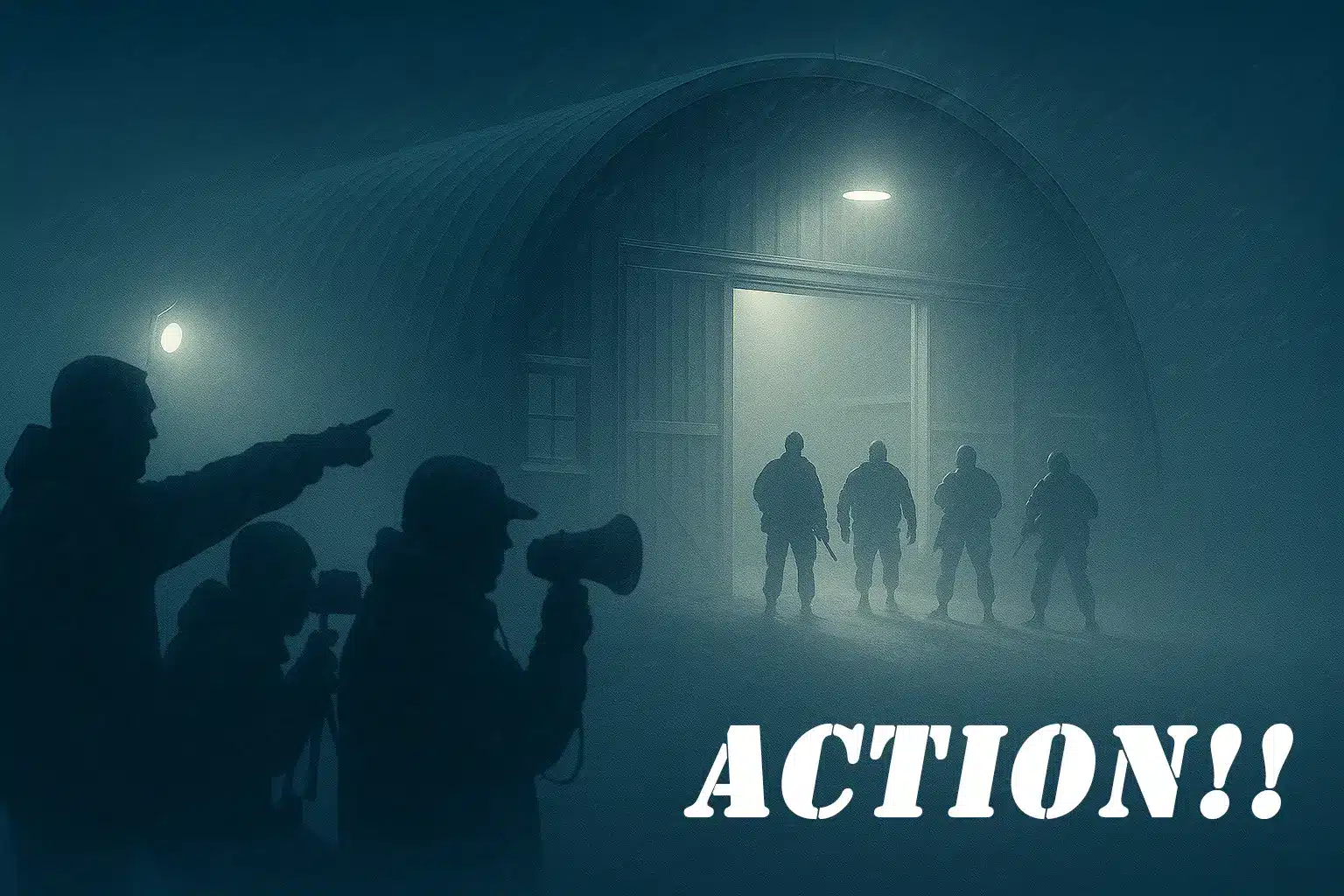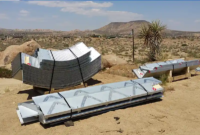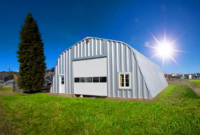Burying a Quonset Hut – 7 Great Insights from a Manufacturer

Navigating the Practical Considerations of Burying a Quonset Hut (Steel Arch) Building
Burying a Quonset Hut is a topic that many customers have inquired about. As a manufacturer specializing in steel arch (Quonset hut) buildings, we understand the allure of exploring unconventional construction methods. However, it’s essential to approach innovative ideas like burying a Quonset building with caution and thorough consideration. In this article, we’ll delve into the practical aspects of burying a steel Quonset building, while also addressing why it’s not recommended based on our expertise and experience in the industry.

Structural Integrity Concerns When Burying a Quonset Hut:
At the core of any construction project lies the structural integrity of the building. While steel Quonset buildings are renowned for their strength and durability, burying one introduces significant challenges. The immense pressure exerted by the surrounding earth can compromise the structural integrity if not properly accounted for. Despite potential reinforcement measures, the risk of collapse or deformation remains a concern.
Waterproofing and Corrosion Concerns When Burying a Quonset Hut:
Moisture infiltration is a primary concern when burying any structure, especially one made of steel. Even with robust waterproofing measures, the constant pressure from the earth and water table fluctuations can lead to corrosion over time. Despite advancements in waterproofing technologies, the risk of long-term damage to the steel components remains elevated in buried conditions.
Ventilation and Air Quality Concerns When Burying a Quonset Hut:
Maintaining adequate ventilation and air circulation within a buried Quonset building is paramount for occupant health and comfort. However, achieving sufficient airflow in an enclosed, buried space presents significant challenges. Without proper ventilation systems in place, the environment inside the structure can become stale, humid, and potentially hazardous.
Regulatory Compliance Concerns When Burying a Quonset Hut:
Burying a steel Quonset building complicates compliance with building codes, zoning regulations, and safety standards. Many jurisdictions have stringent requirements for underground structures due to safety concerns and environmental considerations. Navigating these regulations can be complex and may pose obstacles to obtaining necessary permits for a buried Quonset building project.
Maintenance and Accessibility Concerns When Burying a Quonset Hut:
Accessibility for maintenance and repairs is another critical factor to consider. Buried structures often require specialized equipment and techniques for inspection and maintenance tasks, which can increase operational costs and logistical challenges. Accessibility issues can also impact emergency egress, posing safety risks for occupants in the event of an emergency.
Cost Considerations Concerns When Burying a Quonset Hut:
Perhaps the most significant factor to consider is the cost associated with burying a steel Quonset building. The expenses involved in reinforcing the structure, implementing waterproofing measures, addressing ventilation requirements, and navigating regulatory compliance can quickly escalate. When compared to the cost-effectiveness and efficiency of above-ground steel construction, the financial burden of burying a steel building may outweigh its potential benefits.
Warranty Concerns When Burying a Quonset Hut:
An important consideration often overlooked is the impact on warranties. Burying a steel Quonset building typically voids any warranties provided by the manufacturer. Warranties are designed to cover specific conditions and usage scenarios, and burying a building dramatically alters those conditions. As a result, manufacturers cannot guarantee the performance or longevity of the structure when it’s buried underground.
Conclusion: To Bury or Not To Bury a Quonset Hut? That Is The Question
While the concept of burying a steel Quonset building may appear novel, it’s essential to weigh the practical challenges and implications very carefully.
Instead, we encourage exploring alternative construction methods that prioritize safety, durability, and compliance with building standards. By partnering with experienced professionals and adhering to best practices, you can achieve your construction objectives effectively while safeguarding your investment for the long term.

Want to Learn More?
If you are interested in the different styles of steel buildings that Future Buildings offers, you can check them out here. Alternatively, if you are interested in a more traditional, yet modern straight-walled style, visit our sister company, Toro Steel Buildings.
Related posts
One Comment
Leave A Comment

Latest Blogs
Your Future Building Has Arrived—Now What? A Practical Steel Building Maintenance Guide
Your Future Building Has Arrived—Now What? So, your[...]
Summer Deals on Steel Buildings
Summer Deals on Steel Buildings: Why Summer is a[...]
Hollywood’s Favorite Steel Building: The Pop Culture Rise of the Quonset Hut
The Pop Culture Rise of Quonset-Style Steel Buildings If you’ve[...]
How One Canadian Customer Transformed Their Business with a Future Buildings Quonset Hut! 🇨🇦
The Story of Emma and David: A Business Transformation[...]











Please share with me about your buildings with concrete going over it with gray dirt and earth. You’re welcome.